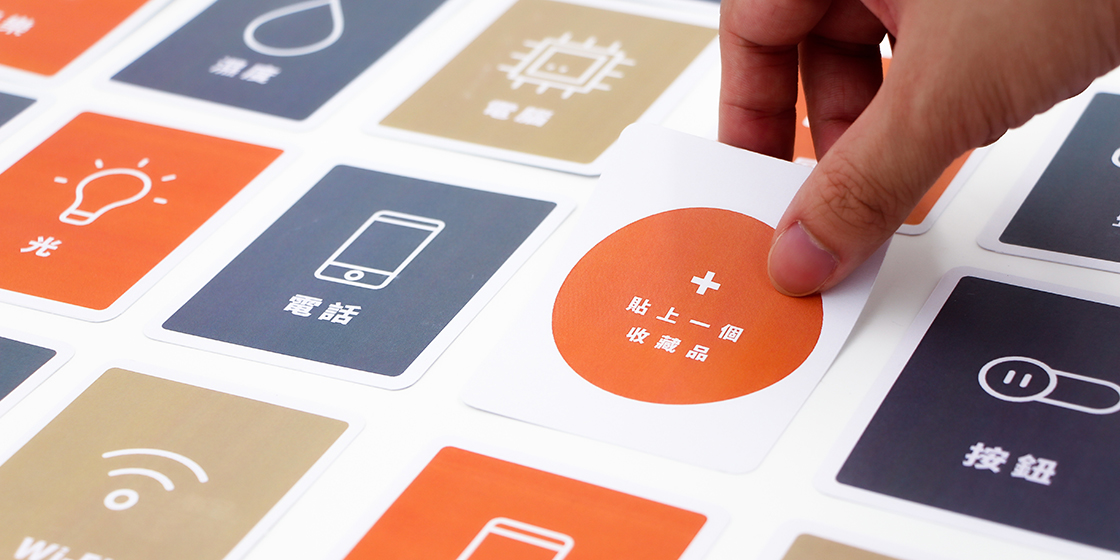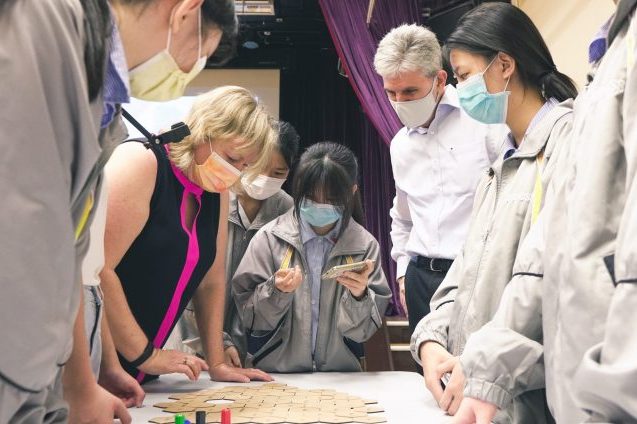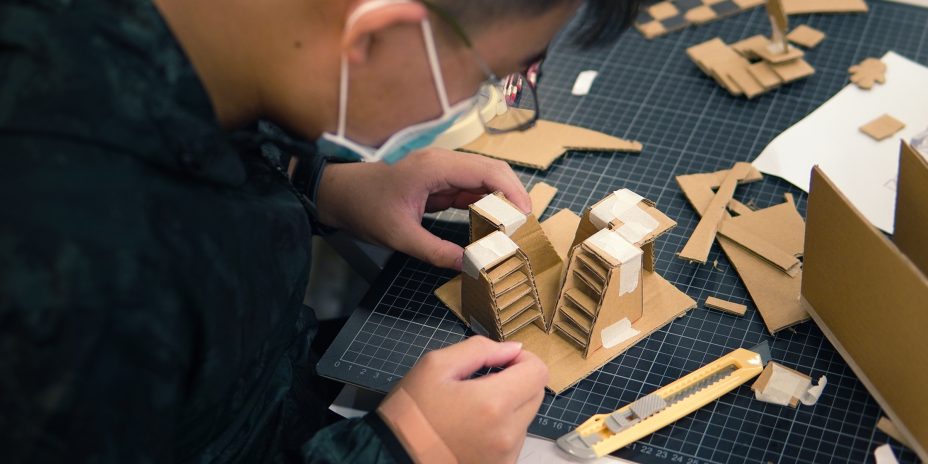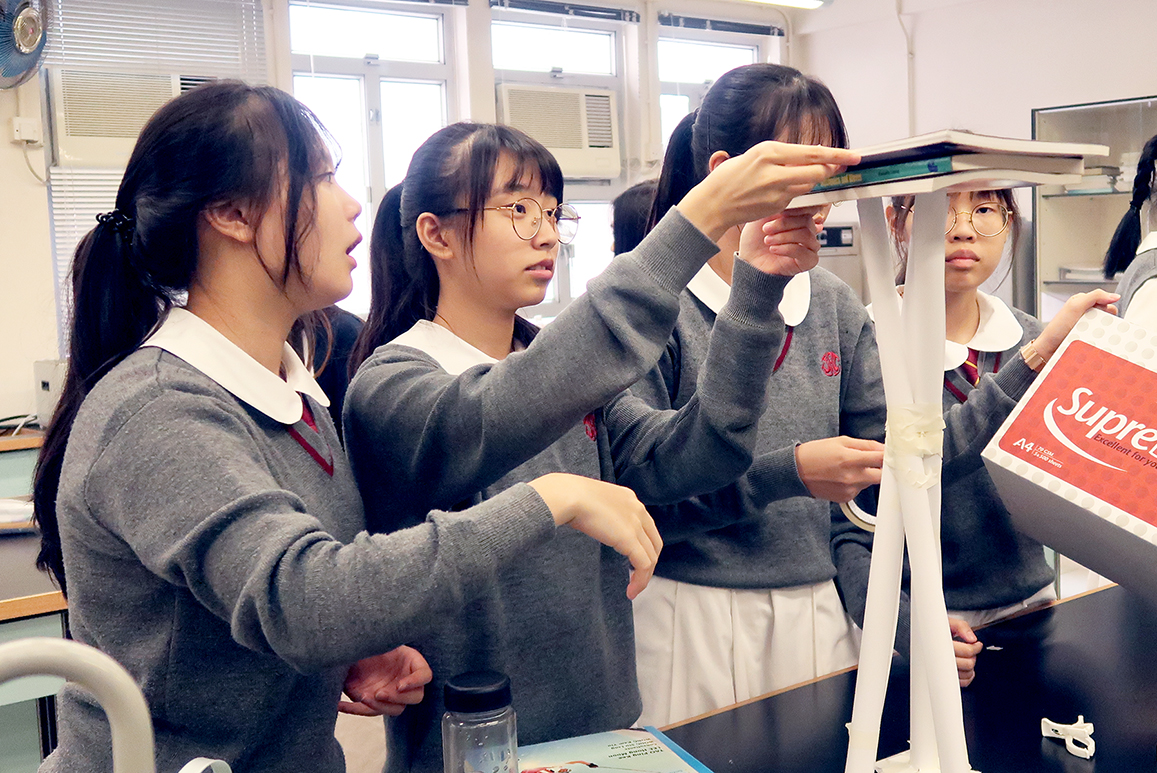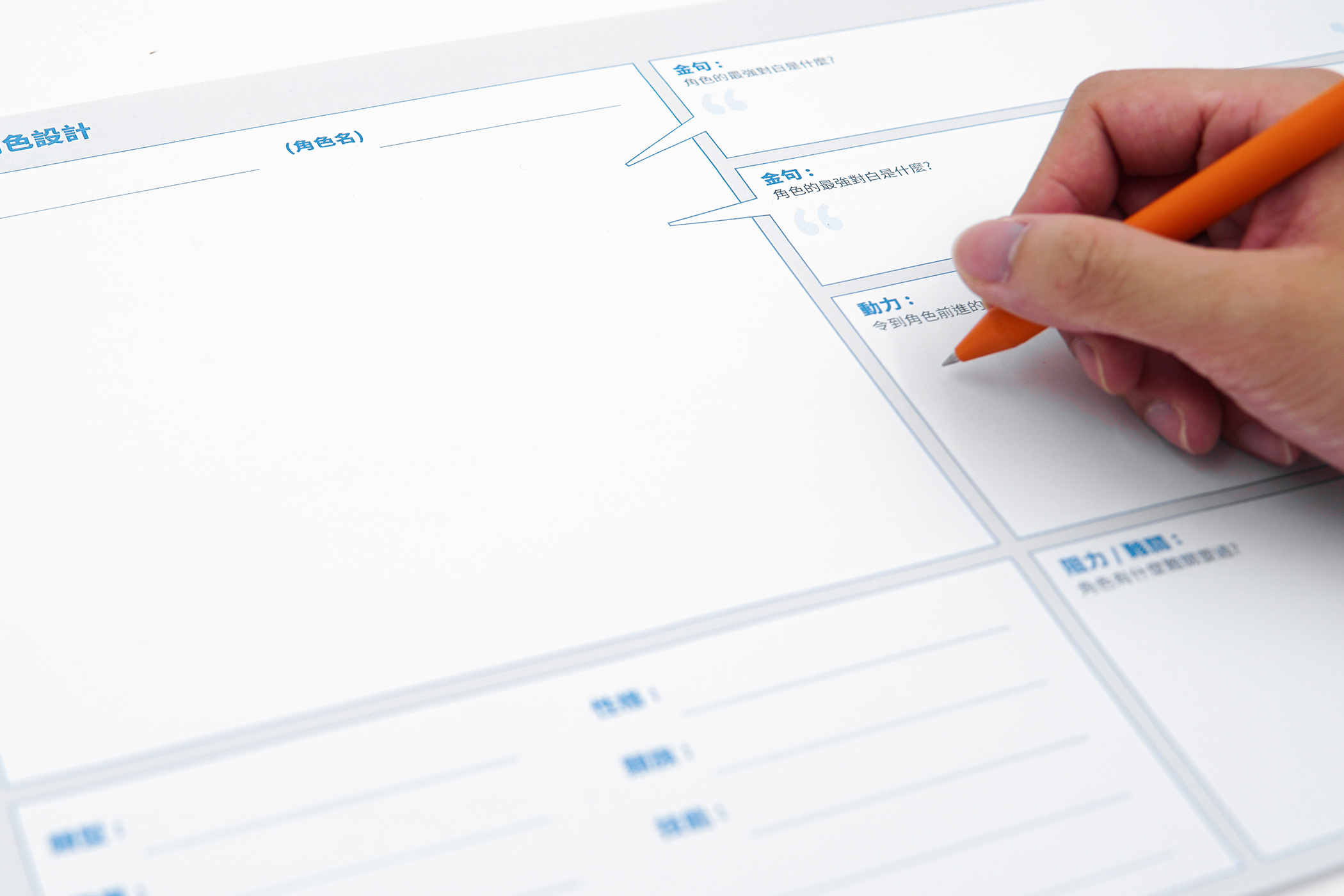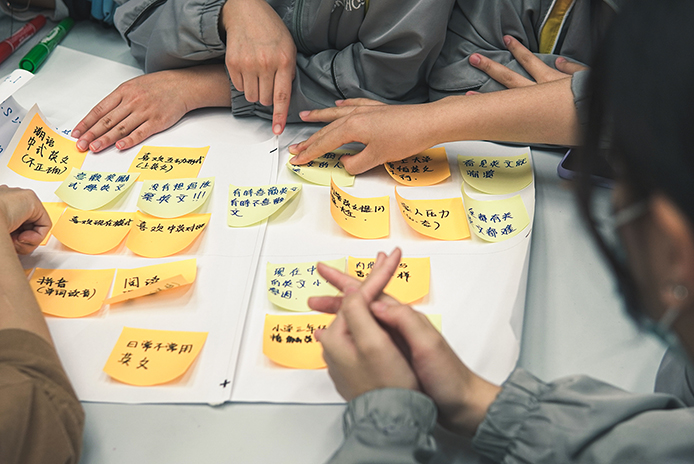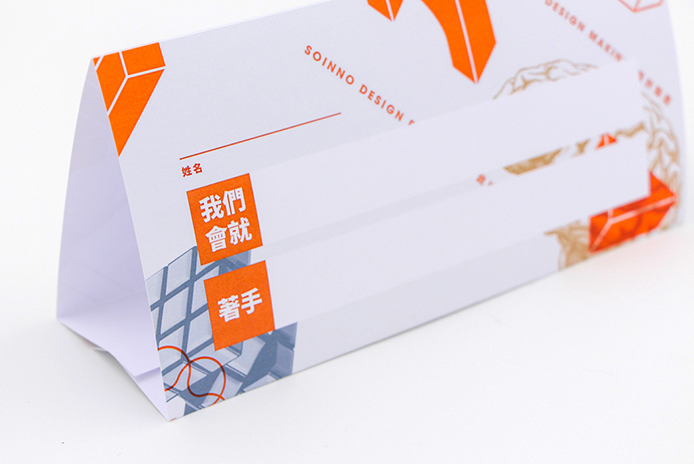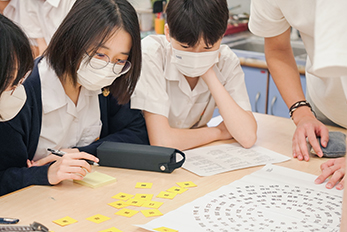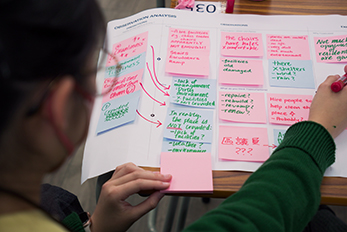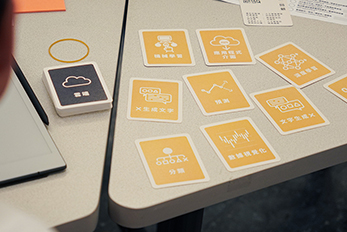New Update!
A new Tech-card, co-developed with Hong Kong True Light College, has added more input and output.
( B&W Version / Color Version )
WHAT is it?
This exercise is for students to experience coding and making programme control devices. The students start with the paper prototyping tool Tech-card, which introduces the language of input–processing–output.
WHY teach it?
This task helps students think through the simple technologies available and thus demystifies technology.
The process also demonstrates how ideas develop into working prototypes.
HOW to do it?
▸ Introduction (10mins)
Explain the goal of the session and the several steps that the students will go through.
Introduce the rules of the game and the set of tech-cards. The card set has various input, output and connection components.
▸ Tech-card jam (45mins)
Facilitators can choose one of two different games with the cards:
Old Maid 潛烏龜
- Each player is dealt 5 – 10 Tech-cards.
- The players take turns in first choosing 2 – 3 cards from his/her own hand and then choosing 2 more from the player next to him/her (without seeing the cards).
- The 2 players choose 3 – 5 cards to create combinations that constitute an idea to address the problem.
- Every idea is visualised on a sticky note, with a name and drawing.
- The game goes on until every player has no more cards
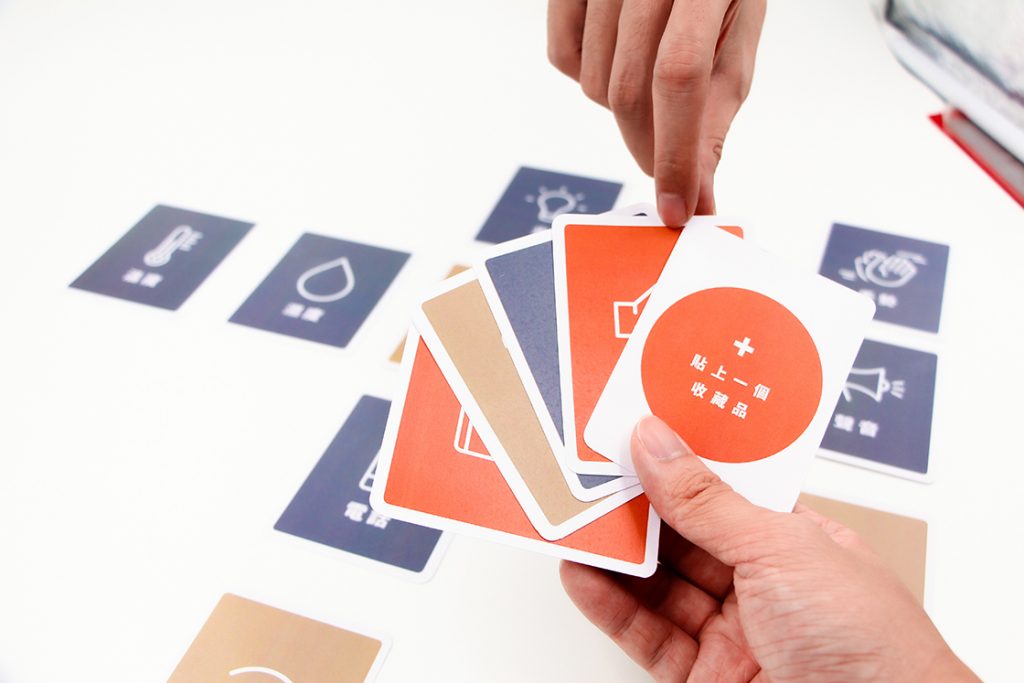
Texas Hold ‘Em
- The IC (computer) card is placed in the middle of the table.
- The dealer (facilitator) places a ‘flop’ of 2 face-up community cards next to the IC card.
- The players take turns putting 2 cards drawn from the deck next to the community cards, aiming to form an idea for a new electronic device.
- After placing the 2 cards, the player decides whether they want another card (‘hit’) or will ‘sit’ on what they have.
- Every idea is visualised on a sticky note, with a name and drawing.
- The game ends when every player has generated at least 2 ideas.
▸ Choosing ideas (20mins)
The students vote for the 2 ideas, and they are asked to explain their votes.*
*The facilitator should not act as the final judge of what constitutes a good idea, but should set criteria for judging
(e.g., cost, impact) and ask students to explain why they think an idea meets these criteria.
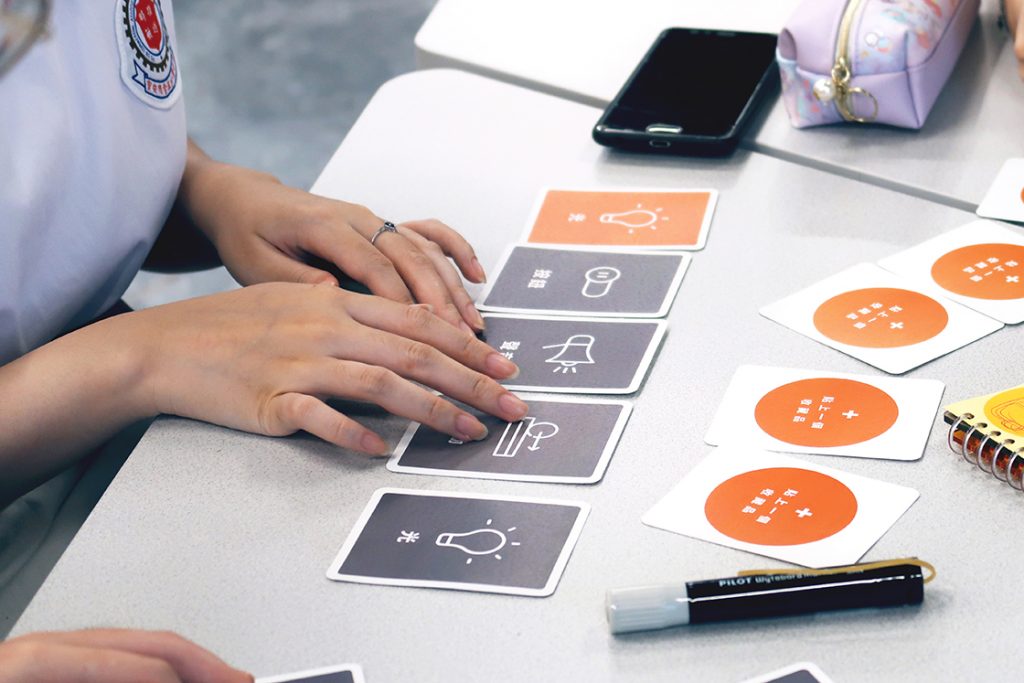
▸ Quick prototyping (100mins)
Students should then try to make use of the parts to code quick prototypes of the chosen ideas.
▸ Presentation and debriefing (15mins)
Teaching Tips
The two game styles are designed to create randomness and group input in generating ideas.




